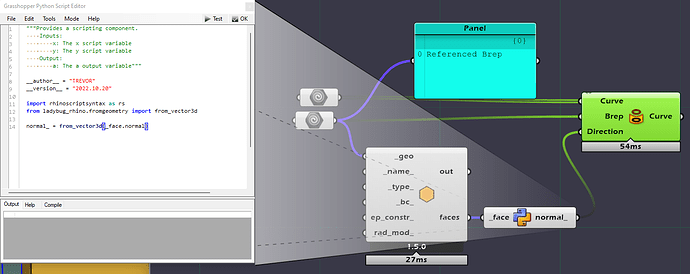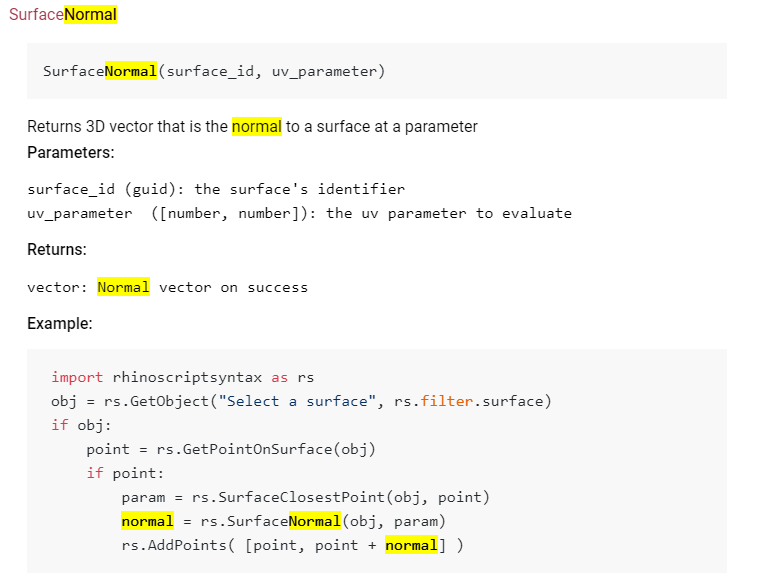Hello!
I find myself using ladybug geometry for ‘seemingly simple’ geometric data (Not that there is anything wrong with that!, is there a way to do this with per-say ghpythonlib.components? I feel kinda silly doing this to project some curves I’m going to use for boundary surfaces to make windows.
Don’t get me wrong, ladybug-geometry may very well be exactly what I need and it already being that simplification I don’t mean to discount that at all; I am just wondering if I’m totally missing something as I’ve been allowed to be a bit in a silo in terms of grasshopper fundamentals due to all the fundamental boilerplate ladybug code since LBT has always been why I’ve been in grasshopper in one way or another.
I just genuinely don’t know how to do this without ladybug tools consistently regardless of the orientation of the brep being projected on  so I would like to further understand what is going on here under the hood with normals as I’m going to assume it will connect some dots for me learning wise.
so I would like to further understand what is going on here under the hood with normals as I’m going to assume it will connect some dots for me learning wise.
from ladybug_rhino.fromgeometry import from_vector3d
normal_ = from_vector3d(_face.normal)



